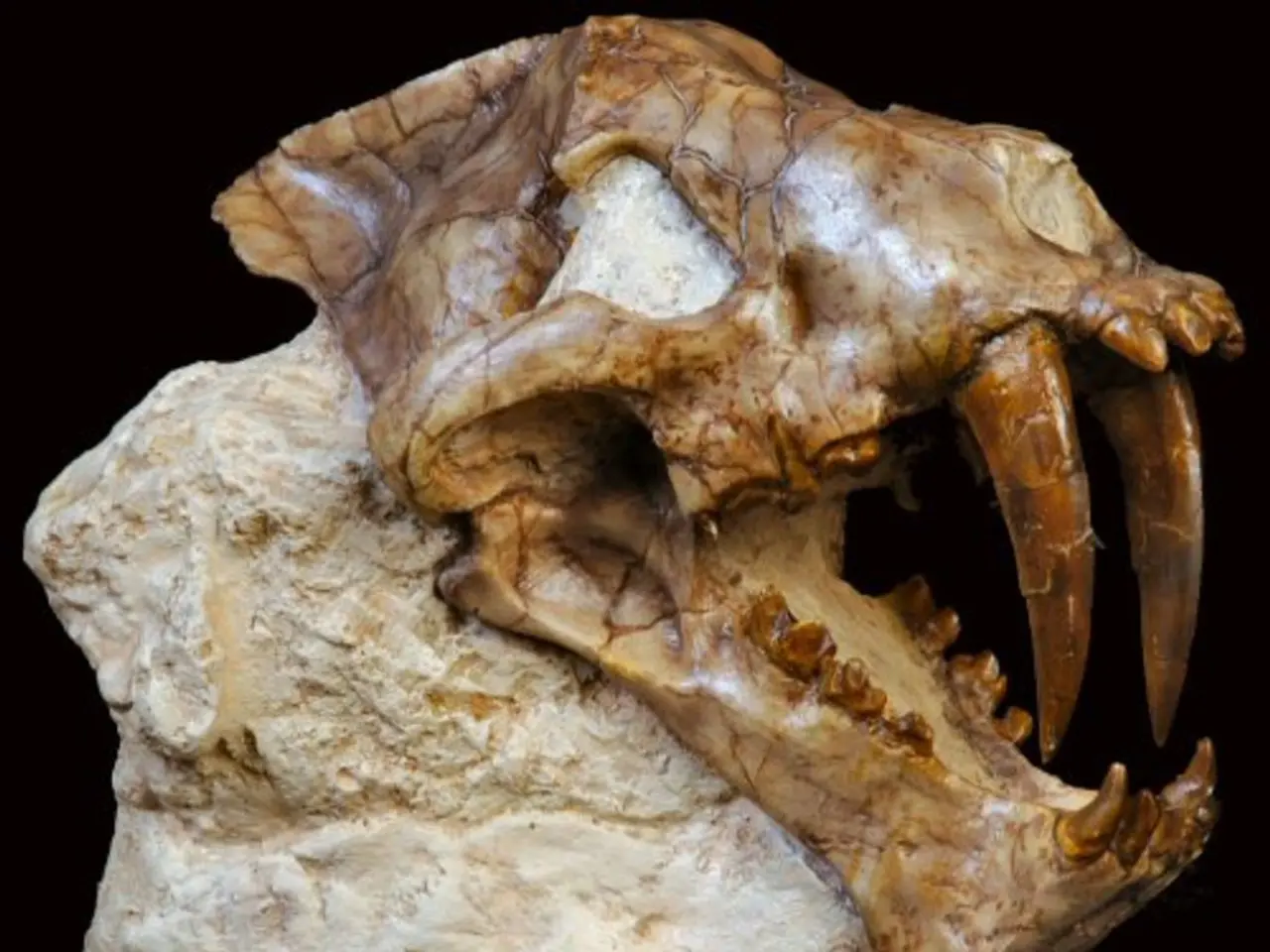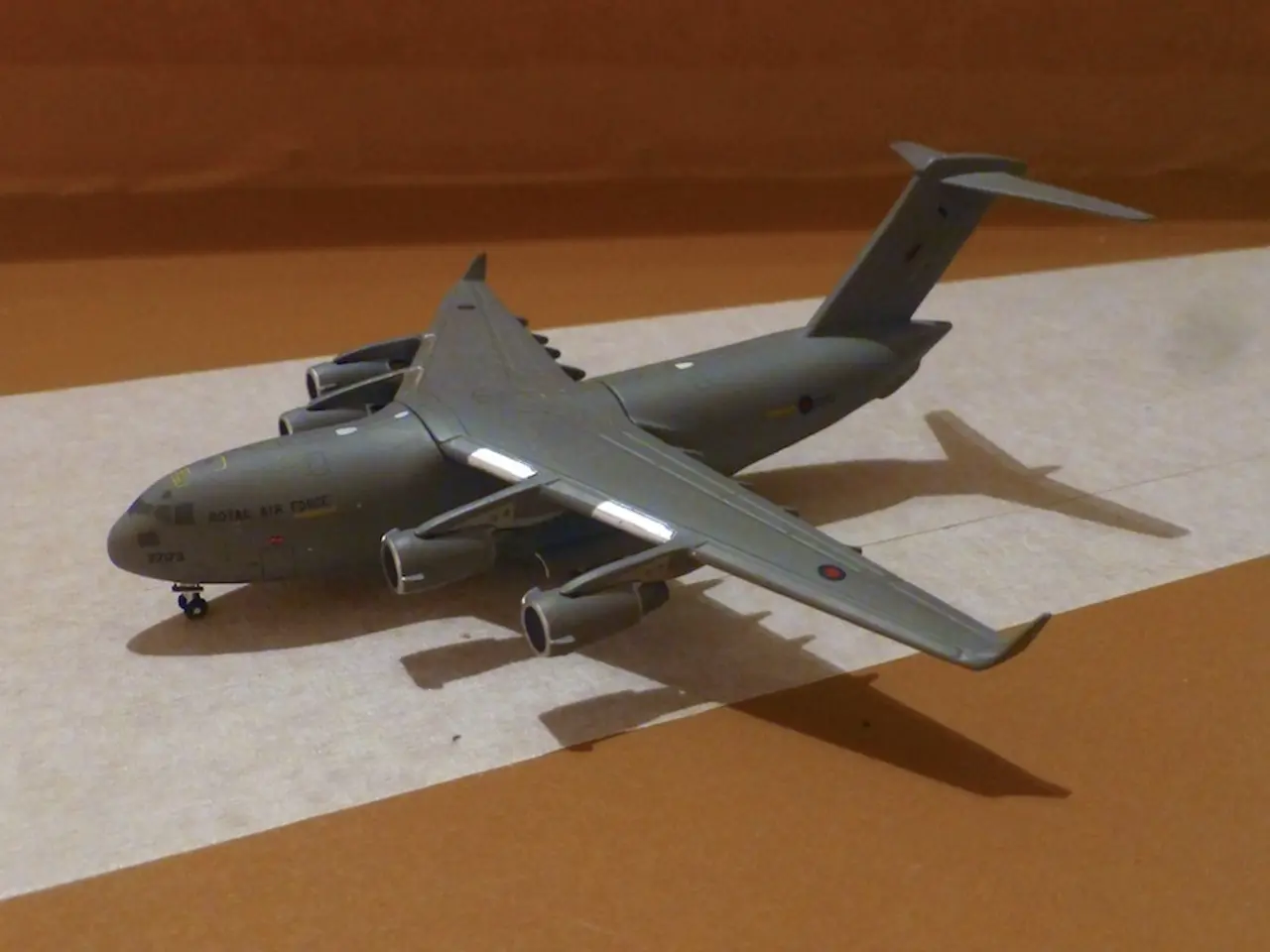Ancient fossil of land-dwelling creatures reveals their dietary preferences, dating back 380 million years
In the late Devonian period, approximately 380 million years ago, the Gogo region in northwestern Australia was home to a unique community of lungfish. A recent study sheds light on the diets of these ancient species, revealing a remarkable diversity in feeding habits that reflected their adaptations to specific environmental roles.
The research, published in the iScience journal, involved a detailed examination of fossil jawbones from seven species of lungfish found in the Gogo Formation. The study utilised CT scans and 3D finite element model (FEM) analysis to measure the strength and features of the fossilised mandibles, providing biomechanical evidence for diverse feeding adaptations among the species.
One of the most intriguing findings was the robust mandibles of Pillararhynchus, suggesting it likely fed on hard-shelled prey such as crustaceans or mollusks. Its strong jaws would have allowed it to crush tough exoskeletons. In contrast, Griphognathus whitei, often called the “duck-billed” lungfish due to its long-snouted, platypus-like jaw, probably used its specialized jaws to sift through sediments for small invertebrates or organic material in the substrate.
Rhinodipterus, with a slender jawbone displaying high resistance to stress, hinted at a different feeding niche, possibly involving smaller, softer prey but still requiring mechanical efficiency under stress. These varied jaw forms and strengths imply that the lungfish species from the Gogo Formation filled different ecological niches, enabling multiple species to coexist by specializing in different types of food sources within the Devonian reef ecosystem.
The diversity in the feeding adaptations of the Gogo lungfish species is evidence for niche partitioning within the community. This remarkable diversification of the Late Devonian lungfish was likely due to predatory species evolving to fill specific environmental niches.
The findings offer insight into the evolution of the first tetrapods, as understanding the diets of ancient lungfish may shed light on their evolutionary history. Lungfish, such as coelacanths, are closely related to modern lungfish, and their diverse diets during the Devonian period could provide clues about the diets and behaviours of early tetrapods.
The virtual 3D models of these fossils can be viewed online at Morphosource, allowing researchers and the general public to explore these fascinating ancient creatures in detail. The Late Devonian reefs of the Gogo Formation housed a unique lungfish community with species possessing a variety of behaviours and abilities.
In summary, the ancient lungfish from the Gogo Formation had diets ranging from hard-shelled prey consumers to sediment sifters, showcasing a remarkable diversity in feeding habits that reflected their adaptations to specific environmental roles 380 million years ago. This research provides a valuable addition to our understanding of the evolution of life on Earth.
In light of the study's findings, it can be inferred that lungfish species in the Gogo Formation, such as Pillararhynchus, had medical-conditions that allowed them to consume hard-shelled prey, while others, like Griphognathus whitei, might have had medical-conditions that enabled them to sift through sediments for smaller invertebrates. The use of technology, including CT scans and 3D FEM analysis, revealed that these adaptations were a result of science-driven research, highlighting the role of science in understanding medical-conditions in historical species.
The varied feeding adaptations among the Gogo lungfish species, including the use of technology to analyze fossil jawbones, provide evidence for the role of science and technology in understanding medical-conditions of historical species, and shed light on the evolution of medical-conditions in early life forms on Earth.




